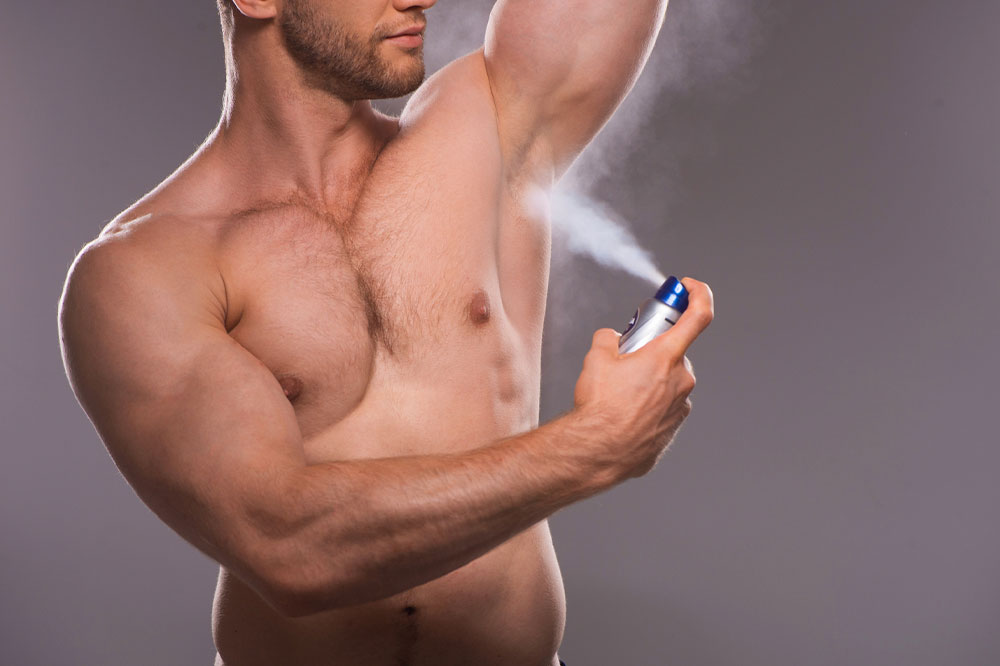
Benefits and risks of deodorants and antiperspirants
Many of us use different brands of deodorants and antiperspirants, yet the difference between them is often unclear. It’s very simple; antiperspirant prevents sweat and odor, while deodorant guards against odor. If you want to prevent moist underarms, antiperspirant is ideal for controlling sweat and helping you stay fresh. Antiperspirant’s main ingredient, aluminum, helps to decrease sweating. This article helps you to know the differences between the two and also the risks associated with them.
Deodorant vs. antiperspirant
Deodorants and antiperspirants differ in a few significant ways. While deodorant masks odor, antiperspirants reduce sweating. Both options work well on all parts of your body, particularly the underarms.
Deodorants are categorized as cosmetics, whereas antiperspirants fall under pharmaceuticals. Hence, the Food and Drug Administration can regulate antiperspirants (FDA). This suggests that procedures and policies control them and that labels might contain expiration dates. Both deodorants and antiperspirants have received approval as goods that can be used daily with lesser risk of side effects. Nonetheless, there has been an increase in the availability of more natural ingredient substitutes for chemicals like aluminum and parabens. It is crucial to remember that the FDA and National Cancer Institute issued statements claiming that deodorants and antiperspirants do not raise the chance of developing cancer.
Deodorant and antiperspirant benefits
Sweating is a natural phenomenon of the human body, yet you might feel embarrassed by its smell if you can’t ignore it. Depending on the fragrance of your deodorant, it can even improve your overall body odor by helping to hide this stink. Using deodorant might make you feel more self-assured and confident.
Antiperspirants may also act as deodorants due to how the product works, which reduces how strongly you smell by blocking sweat glands when you perspire. To maintain the product’s efficacy, remember that these benefits are temporary and that it may be necessary to reapply the product.
Deodorant and antiperspirant risks
There are differences to note when comparing the hazards of antiperspirant and deodorant. You risk getting allergic contact dermatitis using deodorant or antiperspirant with additional fragrance (ACD). Deodorants and antiperspirants are among the cosmetics that are most likely to induce adverse skin reactions or trigger smell allergies. Many people are also prone to allergies to a few specific chemicals, such as itching in the eyes or rashes in the skin, etc. Hence, knowing and avoiding them can save us from serious health hazards.
Remember that the problem isn’t with deodorants and antiperspirants in general but rather with the substances they contain. You can just DIY your version of a deodorant or antiperspirant using all-natural ingredients, but if that’s not what you want, it is advisable to always read the labels of a product carefully before purchasing it.
Phthalates
All cosmetic and skincare items have this, including deodorants and antiperspirants. Phthalates used in deodorant and antiperspirant may interfere with the endocrine system, particularly for men. Phthalates may also cause young women to enter puberty earlier than normal, which raises the chances of developing breast cancer.
Isobutane and butane
Aerosol spray deodorants are released from their canisters with the aid of these gases; because of their connection to cancer and reproductive damage, they are regulated in many countries. If these gases worry you, check the labels before purchasing, or choose a deodorant that doesn’t use a spray.
Aluminum
It blocks your sweat ducts and keeps the sweat from dripping from your glands. Yet, exposure to aluminum might make it more likely for gene mutation at the cellular level, raising the risk of developing cancers.
Parabens
These preservatives prolong the shelf life of the deodorant and antiperspirant. Parabens used in deodorant and antiperspirant for women can mimic estrogen in the body and are easily absorbed via your skin, leading to the risk of breast cancer.
Fragrance
A single fragrance may contain hundreds of minuscule components in various deodorant types. The ingredients aren’t included on labels because they are frequently considered private or secret. It is advised to avoid additional scents if you frequently experience reactions to them.
Triclosan
This antibacterial ingredient is added to antiperspirants and deodorants to eliminate microorganisms on your skin that produce odors. As an endocrine disruptor, it may mimic the effects of your body’s natural hormones and obstruct hormonal signals. Breast cancer is one of the major deodorant and antiperspirant risks connected to triclosan usage.
In conclusion
There is little or no evidence that either type of product can result in more serious health problems, yet they both have the potential to have side effects such as skin rashes. Furthermore, it is vital to keep deodorants and antiperspirants away from kids or infants since they have very sensitive skin and may face severe allergies.




